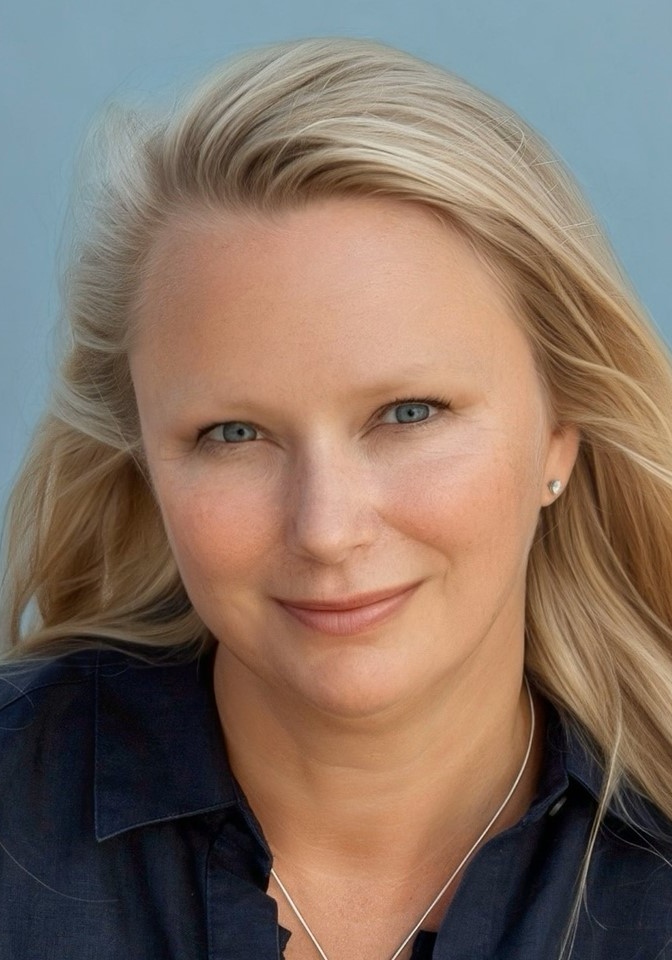Svetlana Barkanova
Corner Brook, Newfoundland and Labrador
Position: Professor and NSERC Chair for Inclusion in Science and Engineering
Organization: Memorial University of Newfoundland and Labrador, Grenfell Campus
Dr. Svetlana Barkanova is a full professor of physics at Grenfell Campus, Memorial University of Newfoundland and Labrador. She began her career in the nuclear experiment and theory at the Nuclear Research Center in Latvia in 1994, moved to Canada in 1998 to expand her expertise into particle physics, and earned a PhD in Theoretical Subatomic Physics from the University of Manitoba in 2004. An internationally-recognized researcher supported by NSERC Discovery Grant and CFI Innovation Fund, Dr. Barkanova is focusing on the Standard Model and physics beyond it, including dark matter. Her research seeks to uncover the fundamental building blocks of the universe and their interactions, with a particular emphasis on hadron structure and precision calculations for experiments at particle accelerators. In 2023, she was appointed NSERC Chair for Inclusion in Science and Engineering (Atlantic), leading efforts to support women, Indigenous Peoples, neurodivergent individuals, persons with disabilities, racialized groups, and LGBTQ2+ communities in STEM.
Areas of Expertise:
Language(s):
My Work
What I do:
While living in Latvia had its challenges, it was not until I moved to Canada when I was introduced to biases like “women are not good at math” or “women are not interested in physics”. I was asked if I was a mail-order bride, so I joked that I was a mail-order physicist! As a woman and an immigrant, I have experienced firsthand that diversity does not guarantee inclusion, and that climate in physics can be chilly for women. I am passionate about advancing subatomic physics while promoting diversity and inclusion within the scientific community. My research program primarily focuses on theoretical particle physics, with an emphasis on hadronic structure and multi-loop radiative corrections for high-precision experiments. Currently, I am working on calculating higher-order electroweak corrections for processes like parity-violating lepton-lepton and lepton-hadron scattering. These calculations are crucial for interpreting data from current and planned experiments such as the MOLLER experiment at Jefferson Lab, which aims to measure the weak mixing angle with unprecedented precision. In addition to my work in subatomic theory, I am dedicated to science education and outreach, particularly in equity-deserving communities, and research projects on evaluation methods in STEM outreach and youth career choices.
Ask me about:
Subatomic physics seeks to understand the building blocks of our Universe and laws that explain their behavior. While remarkable progress has been made in this field recently, many deep questions remain. The Standard Model of Particle Physics works exceptionally well but doesn’t incorporate gravity, neutrino masses, or dark matter naturally. The development of subatomic physics is a collaborative global endeavor, involving a synergy between advanced theoretical work, cutting edge computational analysis, and experiments which utilize some of the most sophisticated machines ever devised, such as the Large Hadron Collider at CERN. My personal favorite puzzle is dark matter, one of the biggest mysteries in modern physics. Its presence is inferred through its gravitational effects on galaxies and cosmic structures, but it does not emit, absorb, or reflect light, and its exact nature remains unknown. Leading theories suggest dark matter is composed of weakly interacting massive particles (WIMPs) or axions, though alternative explanations like modified gravity theories are also considered. Several experiments worldwide aim to detect dark matter particles, while theoretical studies, like those involving electroweak interactions, explore new physics possibilities. Solving the dark matter puzzle would revolutionize our understanding of fundamental forces and the structure of the universe.
Why me:
Throughout my career, I have been committed to improving diversity, equity, and inclusion in research and education, and developed both extensive multicultural experience and a wide coast-to-coast-to-coast professional network. I have served on the boards such as WISE NL and Science Atlantic, held significant leadership roles within the Canadian Association of Physicists (CAP) including chairing the Division of Theoretical Physics and the Division for Gender Equity in Physics, organized multiple national and international conferences, served at the Canadian National IUPAP Liaison Committee, and contributed my expertise to a range of grant and prize selection committees. In 2023, I was selected NSERC Chair for Inclusion in Science and Engineering (Atlantic), leading efforts to support women, Indigenous Peoples, neurodivergent individuals, persons with disabilities, racialized groups, and LGBTQ2+ communities in STEM. An award-winning teacher and dynamic public speaker, I am passionate about science outreach and enjoy sharing my love for physics with audiences at all levels, from K-12 to the general public.
Fun facts:
I have the best job in the Universe: I teach subatomic physics and astrophysics, work to unveil cosmic mysteries, promote inclusion in science, and share my love for physics with audiences of all ages. But I didn’t grow up dreaming of becoming a physicist – I wanted to be an astronaut! A health issue ended that dream, but, luckily, by then, I had fallen in love with physics and realized I could explore the universe from home, from the comfort of home, so I was not particularly disappointed. The University of Latvia offered me admission to an excellent subatomic physics program, free tuition, and a scholarship, so I happily pursued my studies there – where I also met my future husband! Everything turned out for the best, and I am thrilled with my career. Though I stayed on Earth, I remain passionate about spaceflight. My public talks on rocket science and history of spaceflight are among my most requested. I was even lucky to witness the final launch of Space Shuttle Endeavour, which carried the Alpha Magnetic Spectrometer to the International Space Station – a perfect intersection of my interests in space and high-energy physics!
About Me
Sector: Academia (Post Secondary)
English proficiency: Read, Write, Speak
French proficiency: Read
Title: Dr.
Pronouns: She/Her/Hers
Gender: Female
Demographic: European / White

